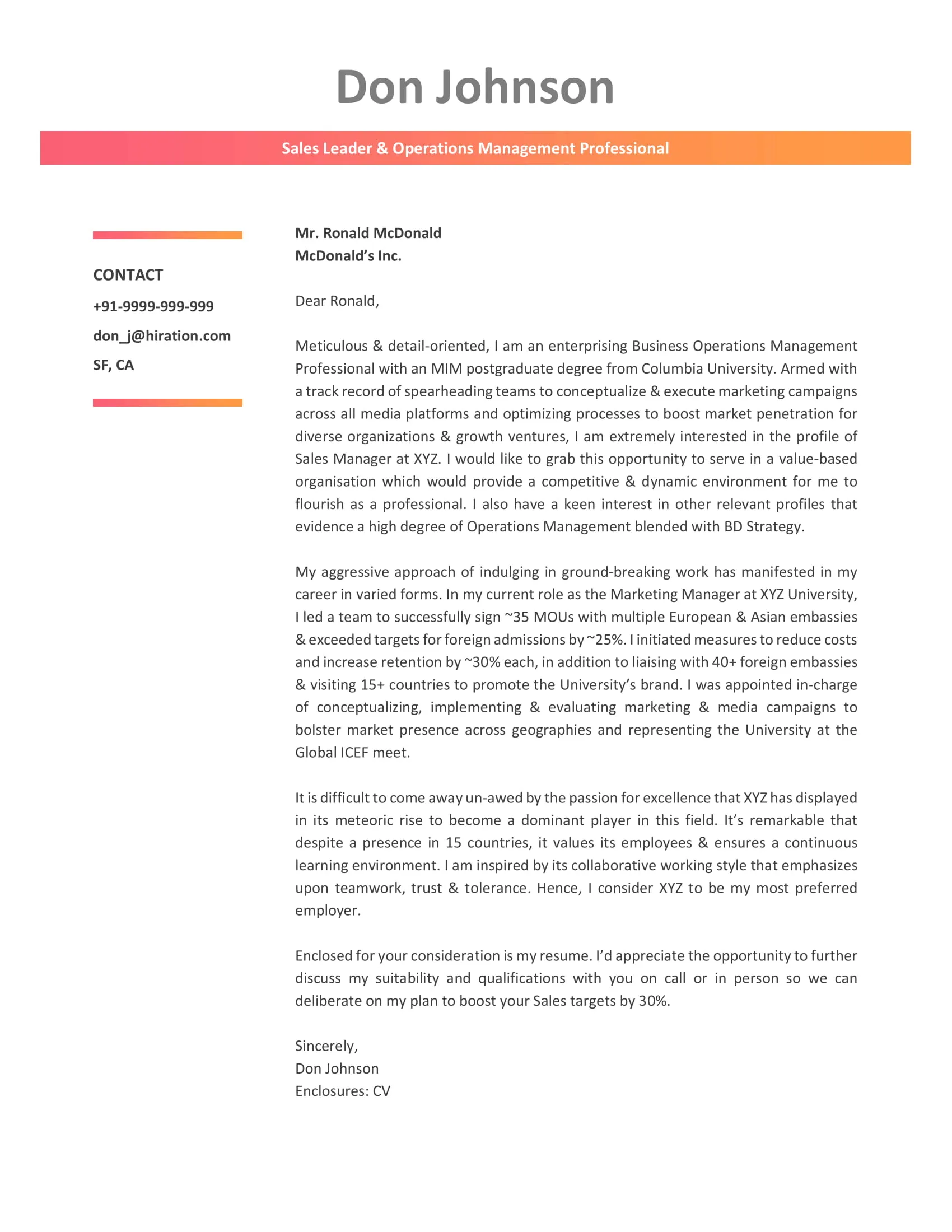Understanding the Importance of a Cover Letter
A cover letter is your first opportunity to make a positive impression on a potential employer, and it plays a crucial role in the job application process. It’s more than just a formality; it’s a chance to introduce yourself, highlight your skills and experiences, and demonstrate your genuine interest in the position and the company. Think of it as a personalized sales pitch, designed to convince the hiring manager to delve deeper into your job resume. Without a well-crafted cover letter, your resume might get overlooked, especially in competitive job markets. The cover letter allows you to showcase your personality, writing skills, and communication abilities, which are all essential in today’s professional world. It gives you the space to elaborate on your qualifications, explain why you’re a great fit for the specific role, and express your enthusiasm for the opportunity. This initial communication can significantly impact whether you are offered an interview.
Highlighting Key Skills and Experiences
The body of your cover letter should be dedicated to highlighting the skills and experiences that make you a strong candidate. Start by identifying the key requirements of the job. Carefully review the job description and pinpoint the qualifications that the employer is seeking. Once you have identified those key requirements, select the skills and experiences from your background that align with them. Provide specific examples of how you’ve used those skills in the past and the results you achieved. Quantify your accomplishments whenever possible using numbers, percentages, or other metrics to demonstrate the impact of your work. This allows the hiring manager to understand the direct value you can bring to the role. Tailor your examples to the specific needs of the company and the position. Focus on what you can offer the employer and how you can solve their challenges, rather than simply listing your past responsibilities.
Tailoring Your Cover Letter to the Job Description
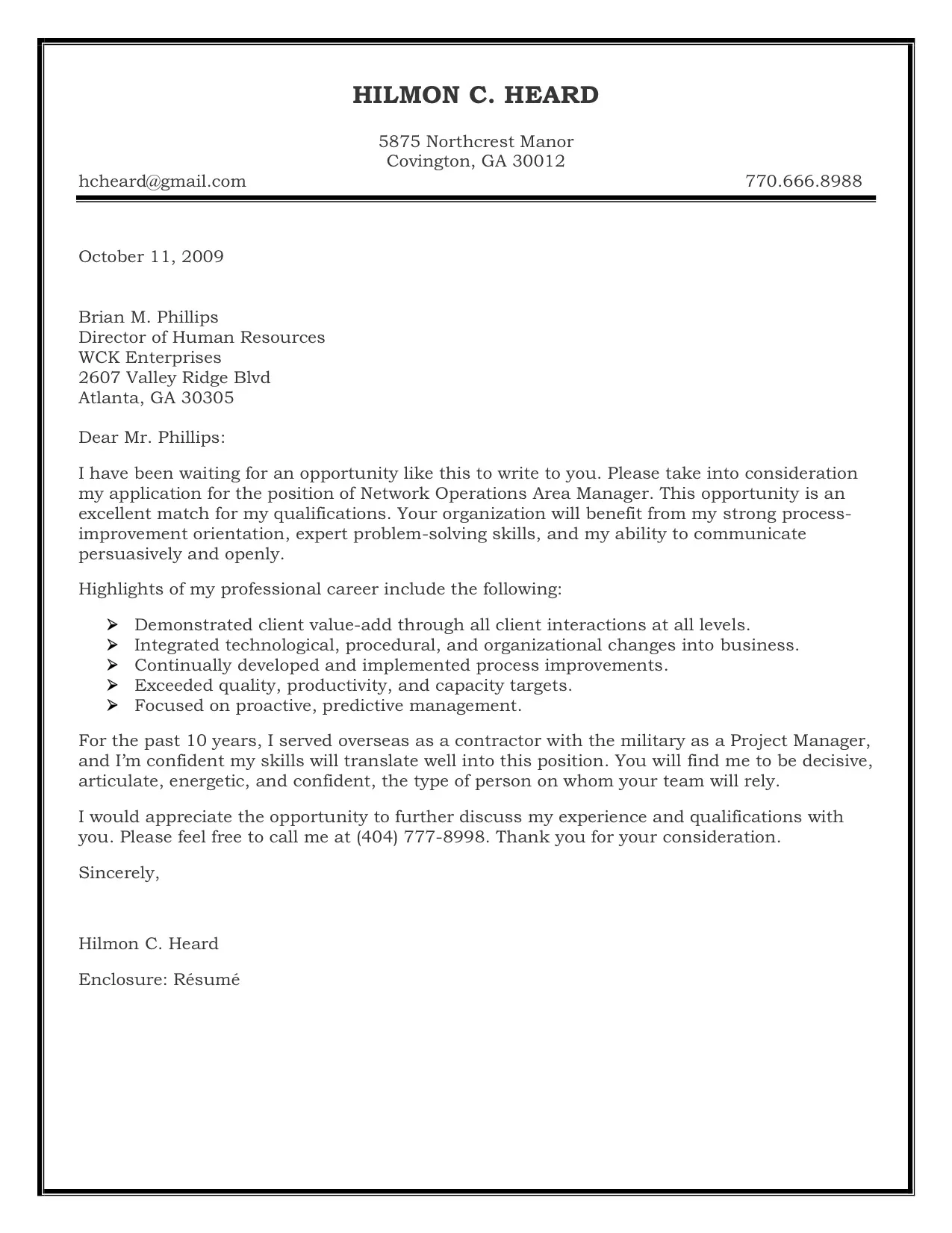
One of the most common mistakes job seekers make is sending out generic cover letters. Customizing your cover letter for each job application is essential for success. Begin by thoroughly analyzing the job description, identifying the specific skills, experiences, and qualifications that the employer is seeking. Then, align your cover letter with those requirements, highlighting the relevant aspects of your background. Don’t just rehash your resume; instead, provide context, explain how your skills and experiences match the needs of the role, and illustrate your understanding of the company’s mission, values, and culture. Research the company and the hiring manager to personalize your letter further. Mention specific projects, initiatives, or challenges that resonate with the role. The goal is to demonstrate to the hiring manager that you have carefully considered the position and that you are genuinely interested in the opportunity.
Structuring Your Cover Letter for Maximum Impact
A well-structured cover letter is easy to read and leaves a lasting impression. There are a number of different structures you could use, however, the basic structure includes a compelling introduction, a detailed body, and a strong conclusion. In the first paragraph, clearly state the position you are applying for and where you found the job posting. Immediately grab the reader’s attention by highlighting a key skill, accomplishment, or your passion for the company. The body of your letter should expand on your qualifications and experiences, using specific examples to demonstrate how you meet the job requirements. Avoid simply restating your resume; instead, focus on the value you bring to the role. In the final paragraph, reiterate your interest in the position and the company and express your enthusiasm for the opportunity to interview. Include a call to action, such as inviting the hiring manager to contact you.
Crafting a Compelling Introduction
Your introduction is your first chance to make a positive impression, so it should be concise, engaging, and tailored to the specific job. Start by clearly stating the position you are applying for and where you found the job posting. Mentioning the specific job title and the source of the job posting (e.g., LinkedIn, company website) ensures that your letter is relevant. Immediately grab the reader’s attention by highlighting a key skill or accomplishment that aligns with the job requirements. Alternatively, you can show your enthusiasm for the company or the industry. Avoid generic opening lines, such as “I am writing to express my interest.” Instead, try to be more creative and personalized. For example, you could mention a recent company achievement or an industry trend that aligns with the role. The goal is to demonstrate that you have done your research and that you are genuinely interested in the opportunity.
Writing the Body Paragraphs
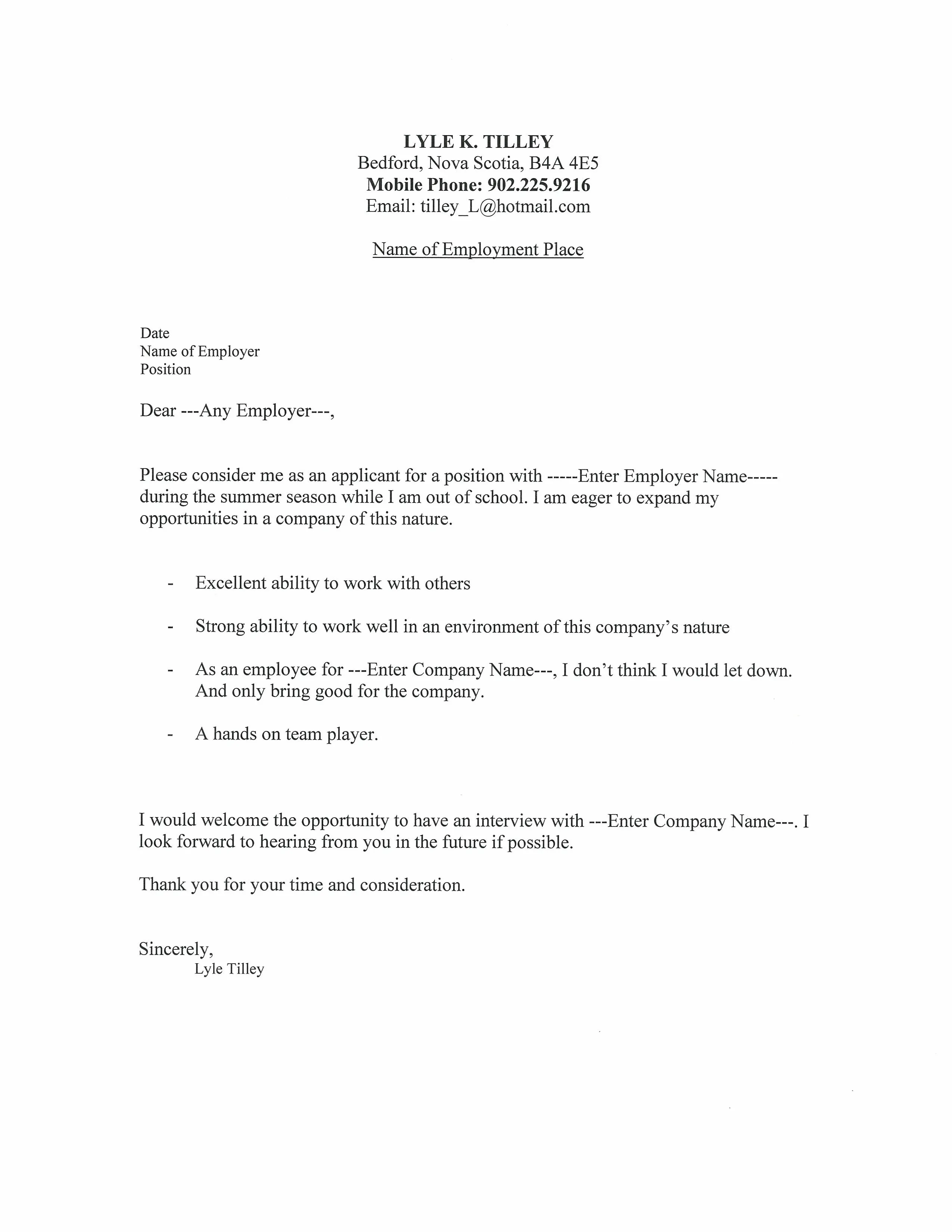
The body paragraphs are where you elaborate on your skills and experiences, providing specific examples to demonstrate how you meet the job requirements. Each paragraph should focus on a different aspect of your qualifications. Use the STAR method (Situation, Task, Action, Result) to tell compelling stories about your accomplishments. Describe the situation you were in, the task you were assigned, the actions you took, and the results you achieved. Quantify your results whenever possible using numbers, percentages, or other metrics to demonstrate the impact of your work. Tailor your examples to the specific needs of the role and the company. Avoid generic statements and focus on the value you can bring to the employer. Make sure that each paragraph clearly connects back to the job description. Show the hiring manager how your background directly aligns with the role’s demands.
Creating a Strong Conclusion
Your conclusion should reiterate your interest in the position and the company and provide a clear call to action. Express your enthusiasm for the opportunity to interview and reiterate why you are a good fit for the role. Avoid simply restating your qualifications; instead, emphasize your passion for the company and the industry. Clearly state your availability for an interview and provide your contact information. If appropriate, you could thank the hiring manager for their time and consideration. The conclusion should be concise and memorable, leaving the hiring manager with a positive impression of your candidacy. Proofread the conclusion carefully to ensure that it is free of errors and that it reinforces your key message.
Formatting and Proofreading Your Cover Letter
The formatting and proofreading are important because they indicate your attention to detail. Choose a professional font that is easy to read, such as Times New Roman, Arial, or Calibri. Use a consistent font size, usually 11 or 12 points, and make sure that your letter is well-spaced, with clear margins and paragraph breaks. Use headings and bullet points to make your letter more readable, especially for longer paragraphs. Proofread your cover letter carefully for any typos, grammatical errors, and inconsistencies. Have someone else review your letter for a fresh perspective. A well-formatted and error-free cover letter shows the hiring manager that you are a professional who cares about the details.
Choosing the Right Font and Layout
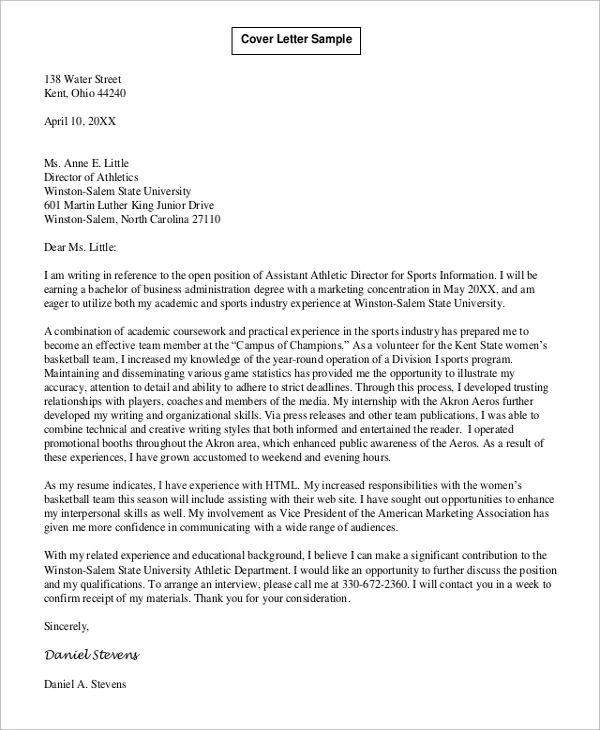
The font and layout of your cover letter play a crucial role in its readability and overall appearance. Choose a professional font that is easy to read, such as Times New Roman, Arial, or Calibri. Avoid overly ornate or decorative fonts, as they can distract from the content. Use a consistent font size, typically 11 or 12 points, throughout your letter. Ensure your letter is well-spaced, with clear margins (typically one inch on all sides) and adequate paragraph breaks. Use headings and bullet points to break up long blocks of text and to highlight key information. Keep your cover letter to one page. A well-formatted letter looks polished, shows that you pay attention to detail, and makes it easier for the hiring manager to read and understand your message. A clear, professional format creates a positive first impression.
Proofreading for Errors
Proofreading is an essential step in the job application process. Typos, grammatical errors, and inconsistencies can undermine your credibility. After you have finished writing your cover letter, carefully review it for any errors. Check your grammar, spelling, punctuation, and sentence structure. Read your letter aloud to catch any awkward phrasing or unclear sentences. Have someone else review your letter for a fresh perspective. They may be able to spot errors that you missed. Pay attention to the details. Ensure that all dates, names, and company information are correct. A polished, error-free cover letter shows that you are a professional who cares about the details. It significantly increases your chances of making a positive impression and getting noticed by the hiring manager.
Using Action Verbs Effectively in Your Cover Letter
Action verbs are powerful tools that can bring your cover letter to life and showcase your accomplishments. Instead of using passive language, use strong action verbs to describe your skills and experiences. For example, instead of writing “Responsible for managing projects,” write “Managed projects, delivering results on time and within budget.” Choose action verbs that are specific to the task or accomplishment you are describing. Research different action verbs that are relevant to your field or industry. Use a variety of action verbs to keep your letter engaging. Avoid overuse of any one verb. Action verbs demonstrate initiative, drive, and a results-oriented approach. Using them effectively makes your cover letter more compelling and highlights your achievements and skills to potential employers.
Using action verbs effectively is a great way to show your skill level.
Demonstrating Enthusiasm and Interest
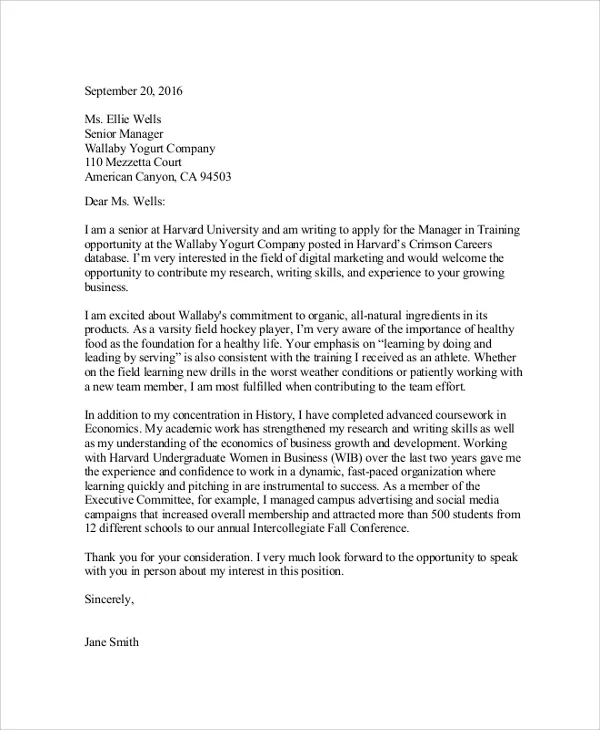
Demonstrating enthusiasm and genuine interest in the position and the company is critical to capturing the attention of the hiring manager. Your cover letter is a chance to showcase your passion for the role and highlight why you’re the perfect fit. Research the company thoroughly and mention specific aspects of their mission, values, or products that resonate with you. Tailor your cover letter to the specific job description and highlight the skills and experiences that make you a strong match. Avoid generic statements like “I am interested in this position.” Instead, express your excitement about the opportunity and explain why you are drawn to it. Show, don’t tell. Use examples from your past experiences to demonstrate your interest and demonstrate your skills. A cover letter that radiates enthusiasm is more likely to impress the hiring manager.
Showcasing Accomplishments and Results
Showcasing your accomplishments and results is key to a successful cover letter. Go beyond simply listing your responsibilities; highlight your achievements and their impact. Use the STAR method (Situation, Task, Action, Result) to tell compelling stories about your accomplishments. Describe the situation you were in, the task you were assigned, the actions you took, and the results you achieved. Quantify your results whenever possible using numbers, percentages, or other metrics. This shows the hiring manager the direct value you can bring to the role. Tailor your examples to the specific needs of the job. Focusing on what you’ve achieved makes your cover letter more impactful. Providing concrete evidence of your successes makes a strong case for why you are an ideal candidate.
Addressing Potential Weaknesses
Sometimes, there may be gaps in your employment history or areas where you feel your experience is lacking. If you have potential weaknesses to address, decide whether to address them in your cover letter. If a gap is relevant, briefly address it. Be honest and provide a clear, concise explanation. Frame the gap as a positive experience or an opportunity for growth. If you lack certain skills, don’t ignore it, but focus on other skills you possess and highlight your willingness to learn. Emphasize your transferable skills and your enthusiasm for the position. Avoid making excuses and keep your tone positive and forward-looking. Addressing potential weaknesses honestly and constructively shows self-awareness and a commitment to professional growth.
Cover Letter Templates and Examples (H3)
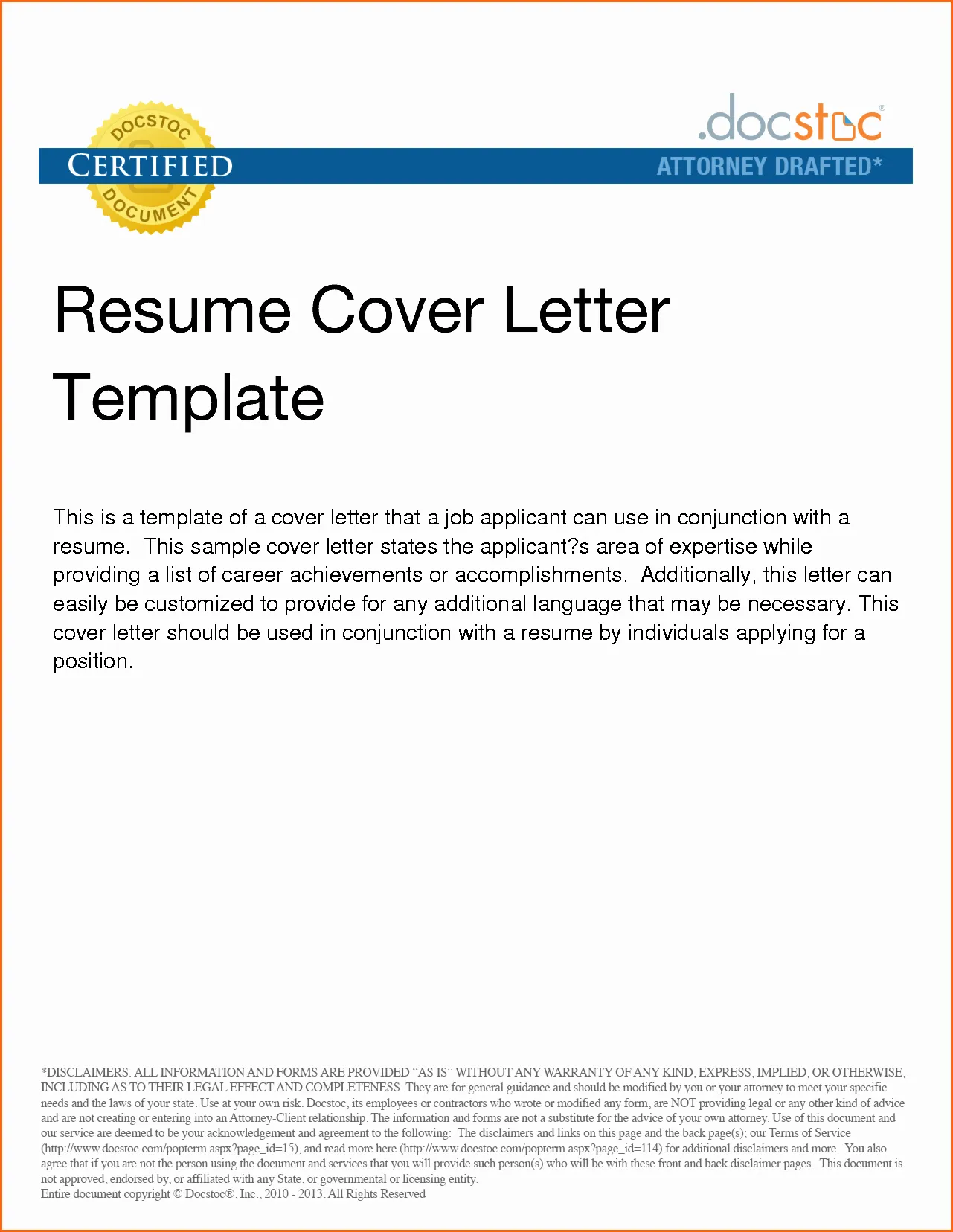
Cover letter templates and examples can be valuable resources for job seekers. Templates provide a basic structure and format for your cover letter. They can save you time and help you get started, especially if you’re unsure where to begin. When using a template, personalize it to match your experiences and the specific job you’re applying for. Don’t simply fill in the blanks; make sure your letter reflects your unique skills and experiences. Cover letter examples can provide inspiration and guidance, helping you understand how to effectively communicate your qualifications and skills. Study the format, tone, and content of the examples to get ideas on how to write your own letter. Tailor any examples you borrow from to your specific situation.
Finding the Right Template
Choosing the right template for your cover letter is crucial. Look for templates that align with your industry and the type of job you’re seeking. Many websites and resources offer free cover letter templates. Consider the layout, format, and style of the template. Make sure it is professional and easy to read. Remember that a template is just a starting point. Personalize the template to reflect your unique skills, experiences, and the specific requirements of the job. Tailor the content to align with the job description and the company’s culture. While templates provide structure, you should always customize them to showcase your individual personality and qualifications.
Reviewing Cover Letter Examples
Reviewing cover letter examples can provide you with valuable insights and guidance. Study the format, tone, and content of the examples to get ideas on how to structure and write your own cover letter. Look for examples that are relevant to your industry, the type of job you are applying for, and your level of experience. Pay attention to how the examples highlight the candidate’s skills, experiences, and achievements. Analyze the language and style used to convey the candidate’s enthusiasm and qualifications. Don’t copy the examples word-for-word. Instead, use them as inspiration and adapt the content to reflect your unique background and the specific requirements of the job. Remember that the goal is to create a personalized cover letter that showcases your individual strengths.
Common Mistakes to Avoid in Your Cover Letter
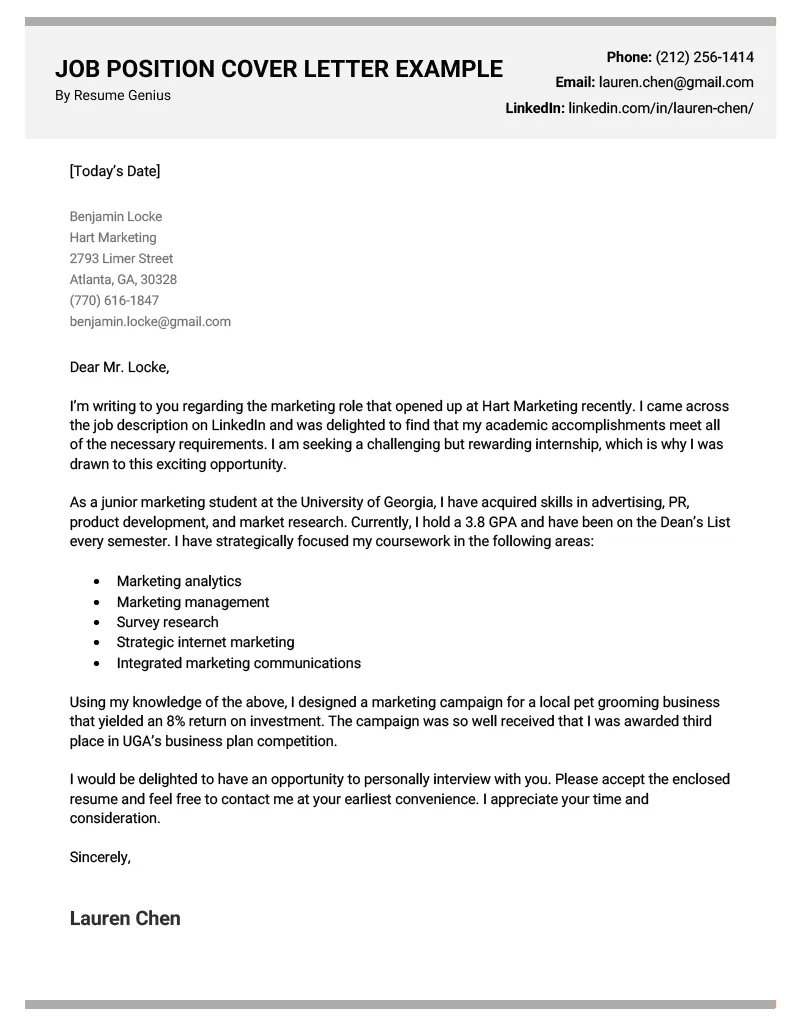
Avoiding common mistakes is essential for a successful cover letter. Avoid generic cover letters. Make sure your letter is customized to the specific job and company. Proofread your letter carefully. Check for typos, grammatical errors, and inconsistencies. Provide too much or too little information. Keep your letter concise and focused. Avoid using clichés or overly formal language. Instead, use clear, concise, and engaging language. A cover letter with common mistakes can make it difficult to get your application noticed.
Generic Cover Letters
Using a generic cover letter is one of the biggest mistakes you can make. Generic cover letters are not tailored to the specific job or company. They fail to demonstrate your understanding of the position and your genuine interest in the opportunity. Generic cover letters also give the impression that you are sending out mass applications and that you have not taken the time to consider the job. To avoid this, always customize your cover letter for each job application. Research the company and the position, and highlight the relevant skills, experiences, and qualifications. The goal is to demonstrate that you have carefully considered the role and are genuinely interested in the opportunity.
Typos and Grammatical Errors
Typos and grammatical errors can undermine your credibility and make a negative impression on the hiring manager. Typos and errors demonstrate a lack of attention to detail, and they can also make your letter difficult to read. Always proofread your cover letter carefully before submitting it. Check for spelling, grammar, punctuation, and sentence structure. Read your letter aloud to catch any awkward phrasing or unclear sentences. Have someone else review your letter for a fresh perspective. A well-proofread letter shows that you are professional and that you care about the details.
Too Much or Too Little Information
Finding the right balance of information in your cover letter is important. Providing too much information can make your letter lengthy and difficult to read. Providing too little information may mean that you don’t provide enough details. To achieve the right balance, focus on the most relevant information and tailor your letter to the specific job. Use clear, concise language and avoid rambling. Stick to the points that are most important. Keep your cover letter to one page. Aim for a letter that is both informative and engaging.
Maximizing Your Cover Letter’s Impact
Maximizing your cover letter’s impact involves a combination of effective writing, strategic content, and careful presentation. Tailor your cover letter to each job application. Show a clear understanding of the job description and the company’s needs. Highlight your most relevant skills and experiences, and quantify your accomplishments whenever possible. Use action verbs to make your writing more engaging. Proofread carefully for any errors. Consider your target audience and your overall tone. A strong cover letter makes a great first impression. It is the key to making your job resume stand out.
Keywords and ATS Systems
In today’s job market, many companies use Applicant Tracking Systems (ATS) to manage job applications. To make sure your cover letter gets seen by the hiring manager, it’s important to understand how ATS systems work. ATS systems scan your cover letter for keywords and phrases. These systems are used to identify candidates whose skills and experiences match the job requirements. To maximize the impact of your cover letter, include relevant keywords from the job description. Use these keywords naturally and strategically throughout your letter. Make sure your cover letter is well-formatted and easy to read, as ATS systems can sometimes struggle with unusual formatting. If the ATS system is scanning your letter, incorporating keywords increases the likelihood of your application making it to the next stage.
Submitting Your Cover Letter
Once you have crafted a compelling cover letter, the final step is submitting it. Review the job application instructions carefully to understand the preferred submission method. Follow all instructions, and be sure to submit your cover letter with your resume. Proofread your cover letter and resume one last time before submitting. Ensure all your contact information is accurate. If the job application requests a specific file format (such as PDF), follow those instructions. Submitting a well-crafted, professional cover letter helps you create a positive first impression and increases your chances of getting noticed by employers. Your cover letter is the crucial first step in the job-search process.
